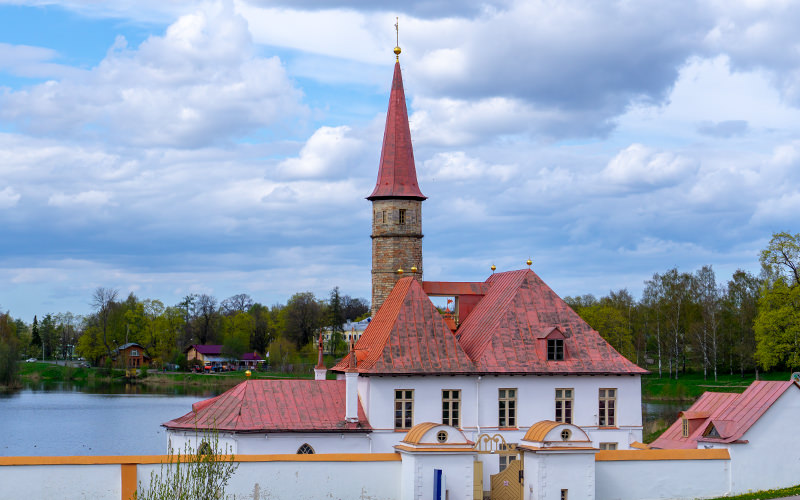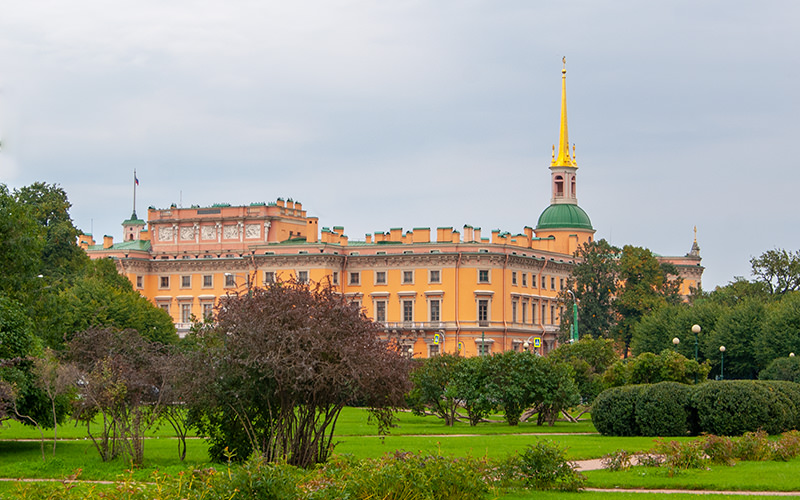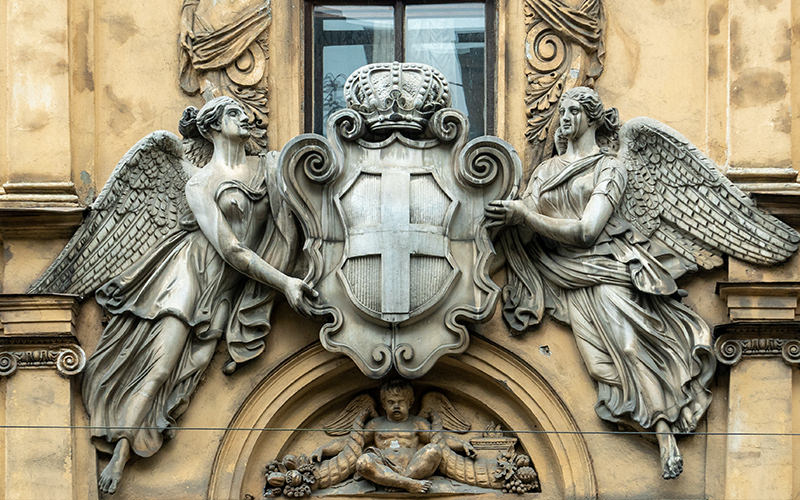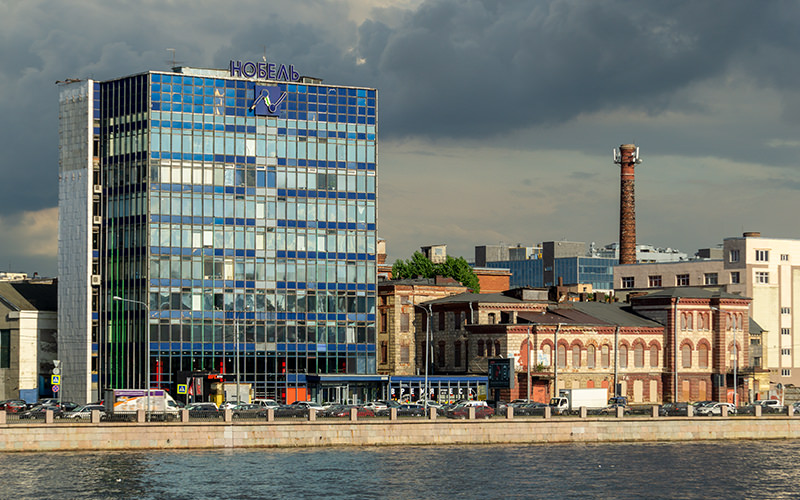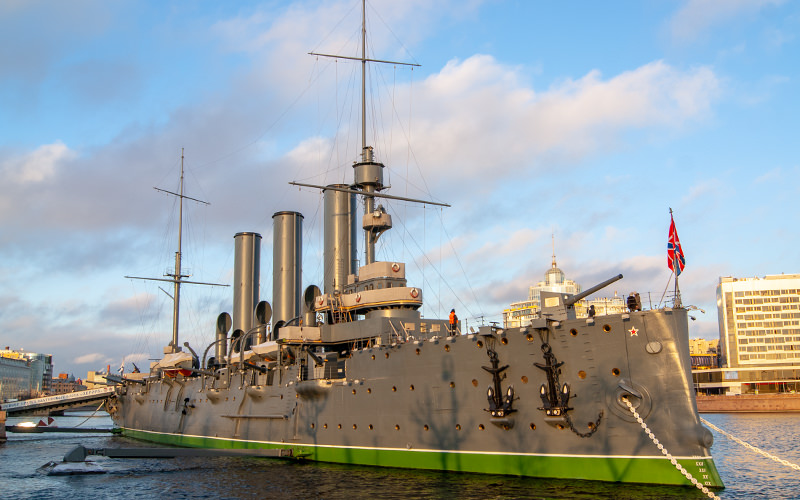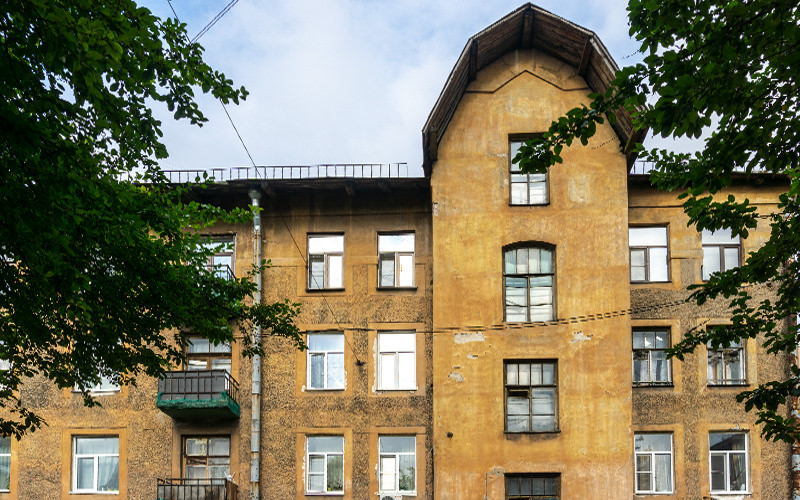On Petergradskaya Embankment, amidst modern office buildings, there is a small two-story mansion that once belonged to the Schröder family—a dynasty that spent nearly a hundred years creating musical instruments in St. Petersburg. The piano production here has long ceased, but the house associated with the factory, where the Schröders lived, has survived to this day.
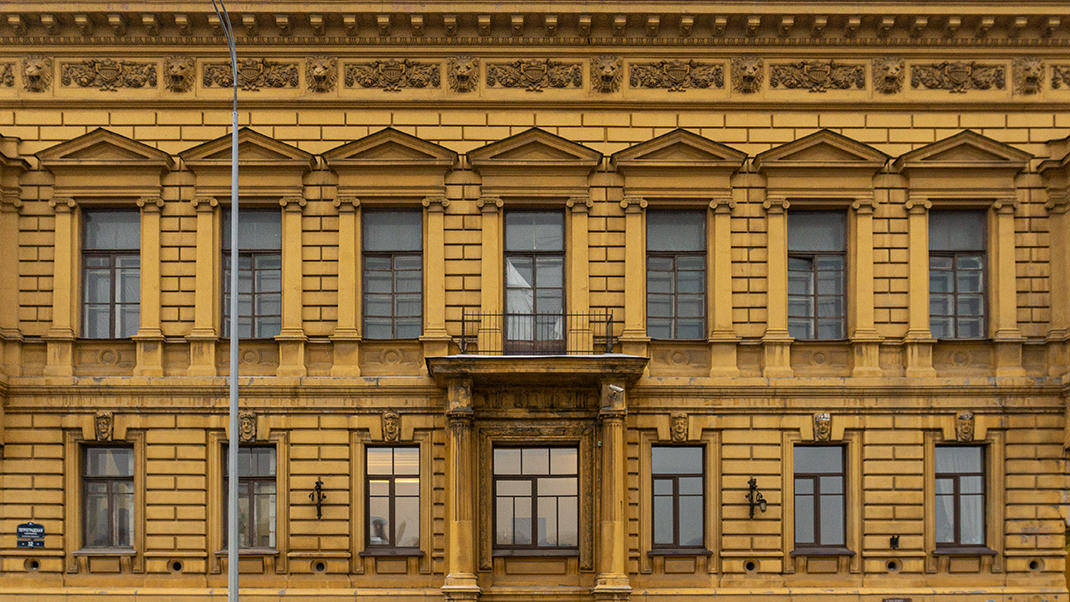
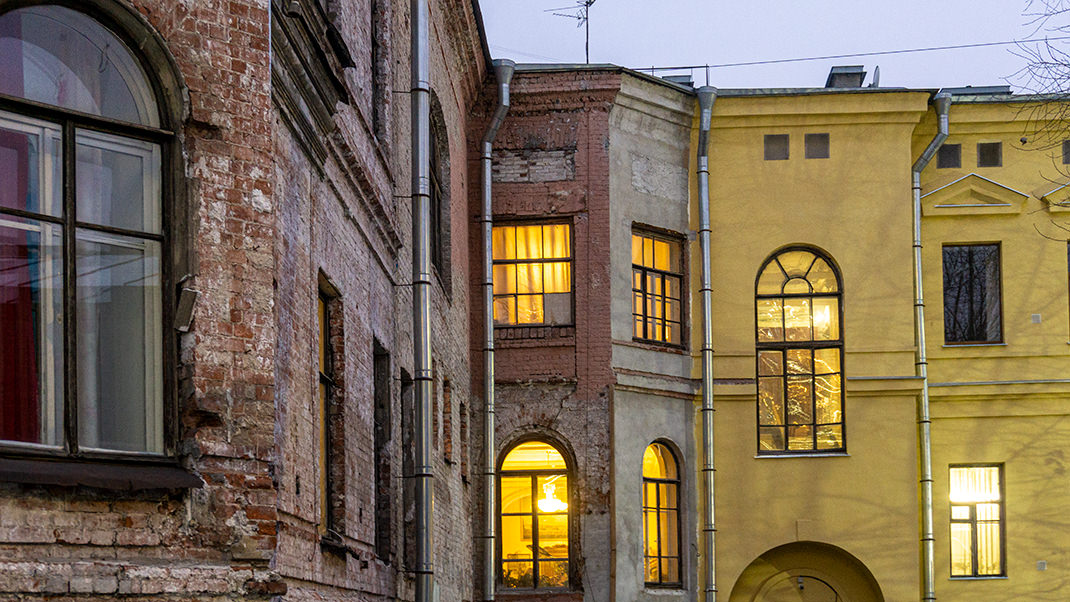
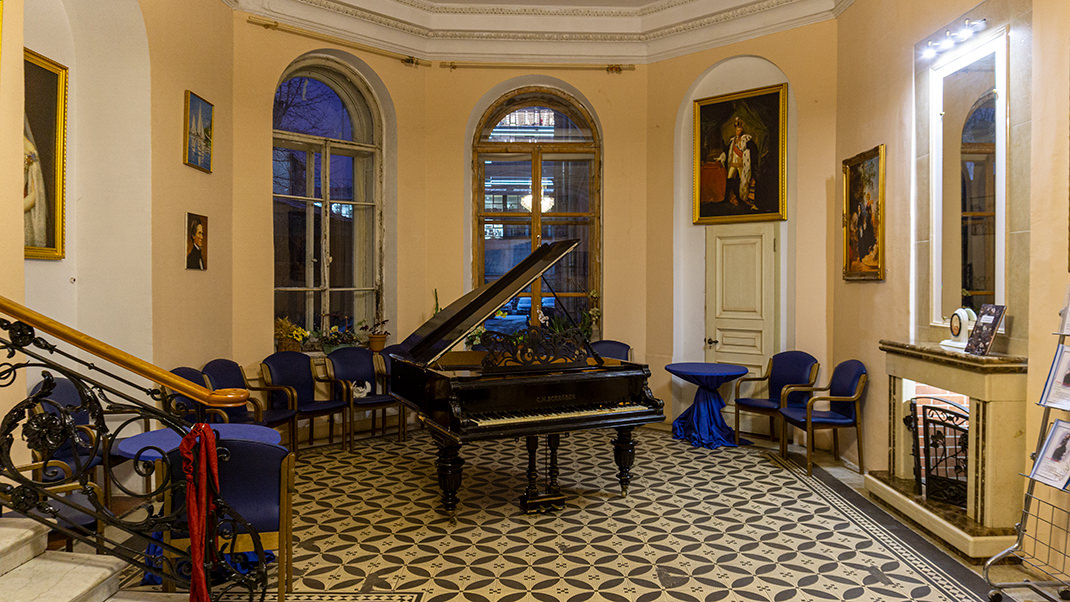
How to Visit
There are several options for visiting the Schröder House. The first is to book a tour through any of the many tourist agencies in St. Petersburg.
The second option is to purchase a ticket for a tour on the “House of Schröder” website. By the way, no matter which visiting option you choose, after your journey through the building, you can look forward to a small concert or performance.
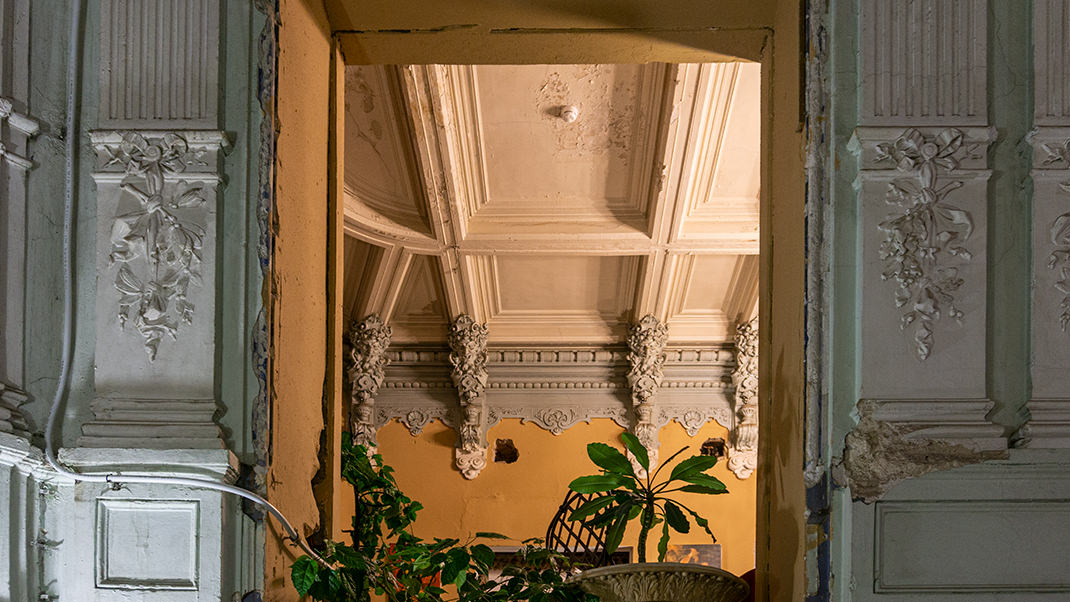
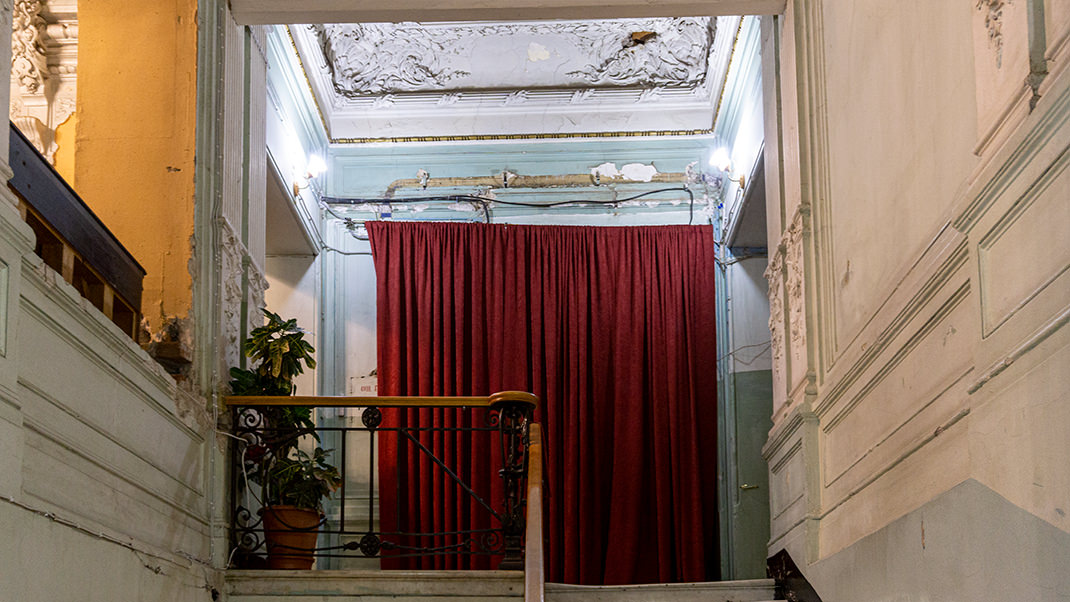
The address of the mansion is Petergradskaya Embankment, 32. The nearest metro station is “Gorkovskaya,” which is a 15-minute walk away. If you walk here via Pinsky Lane, pay attention to the business center located at the intersection with Chapayev Street. This building also previously belonged to the musical instrument factory.
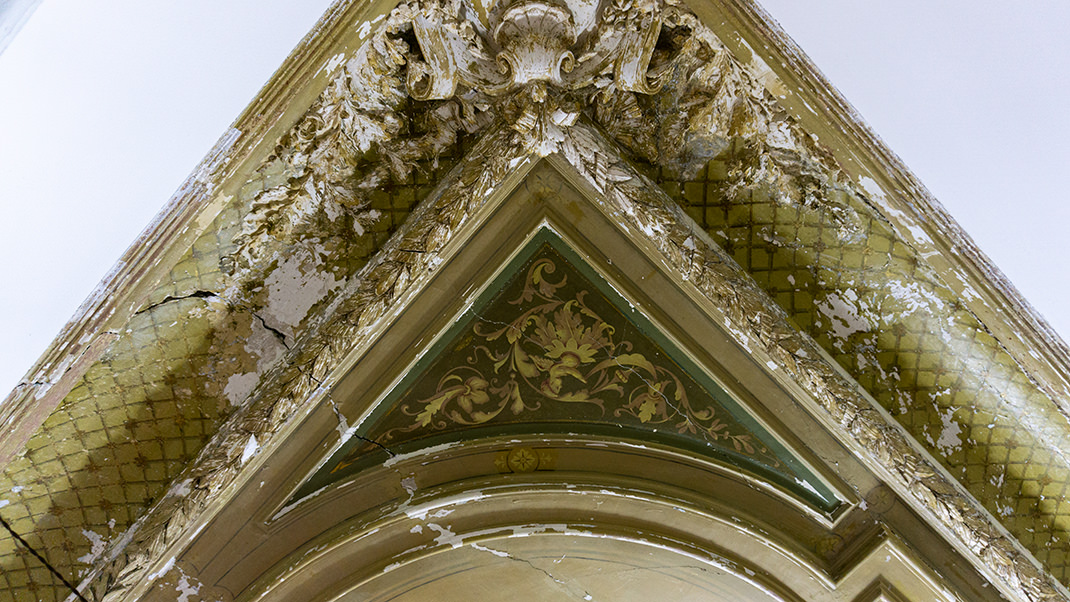
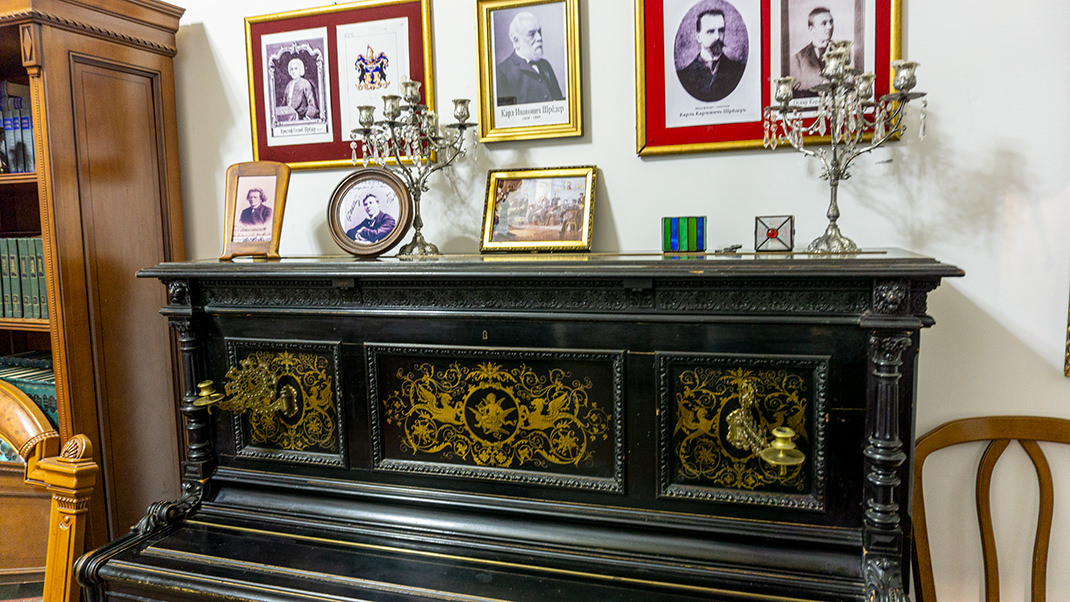
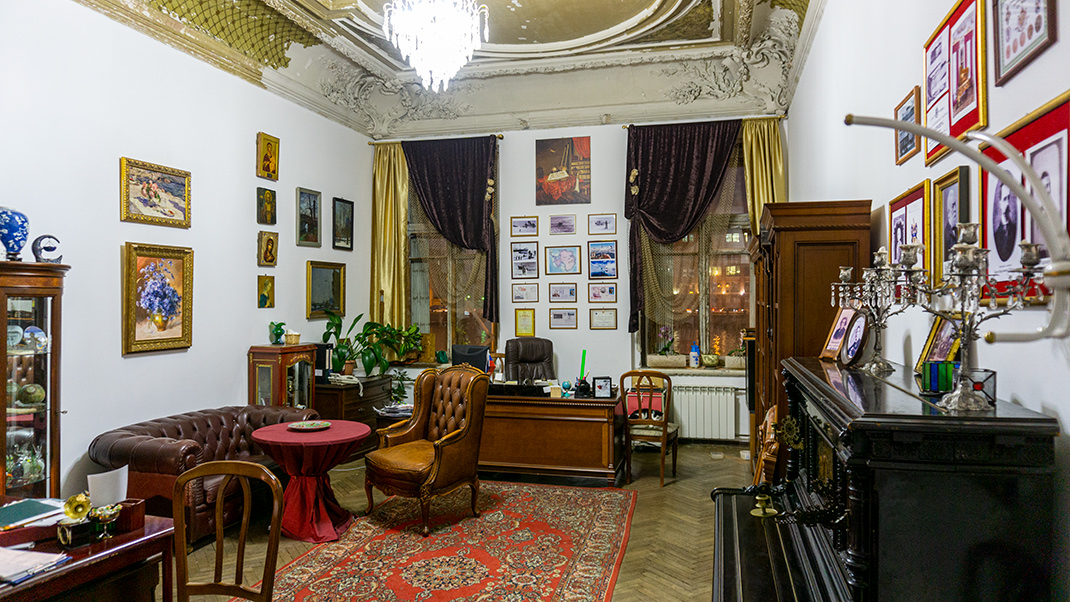
A Bit of History
The first instrument workshop was established by Johann-Friedrich Schröder back in 1818. Throughout the century-long history of the factory, over 25,000 instruments were produced. All subsequent family members also contributed to the development of piano manufacturing: in 1900, the trading house “K. M. Schröder” was established, which supplied five European imperial courts.
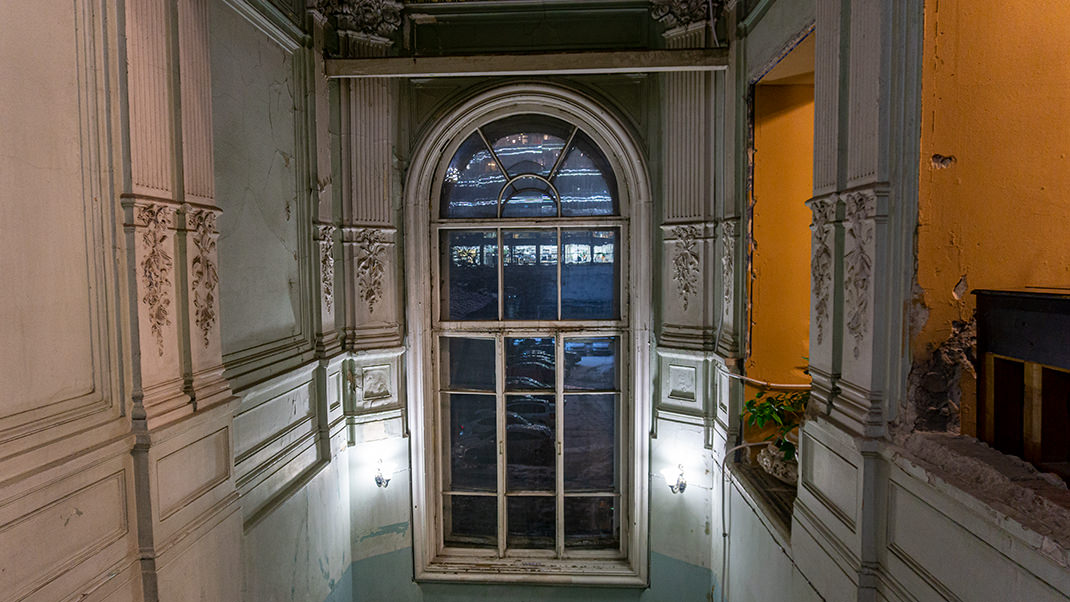

The building for the piano factory owners was constructed in 1888-89 by architect Vasily Vasilievich Shaub, who created many mansions and apartment buildings in St. Petersburg. Unfortunately, the Schröder mansion did not remain in the hands of its owners for long; the revolution intervened. The building was nationalized, and at different times it housed a military enlistment office, a children's commune, and even a machine-building technical school.
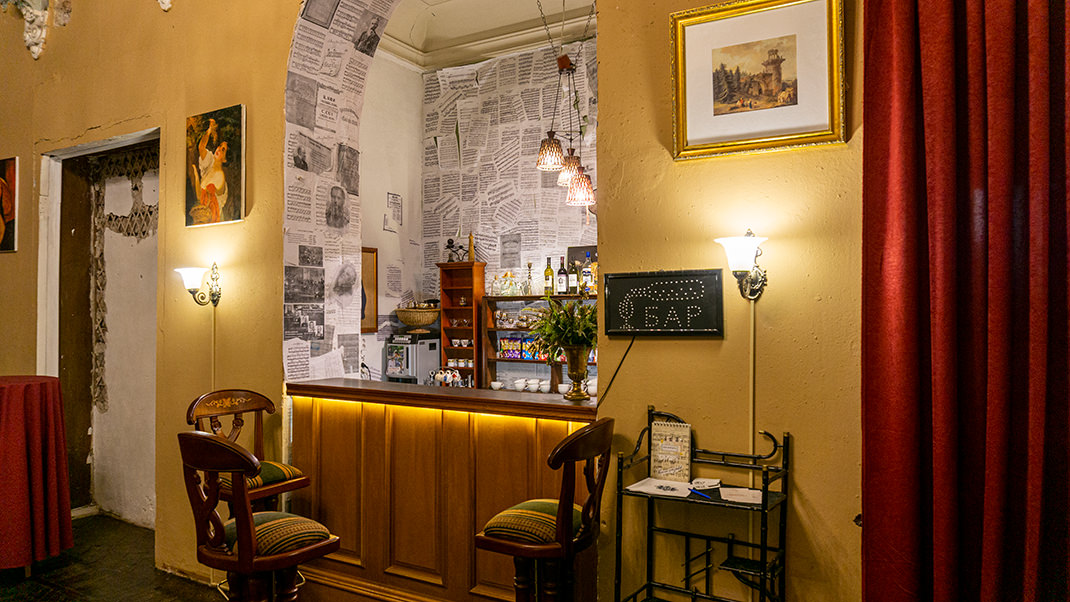
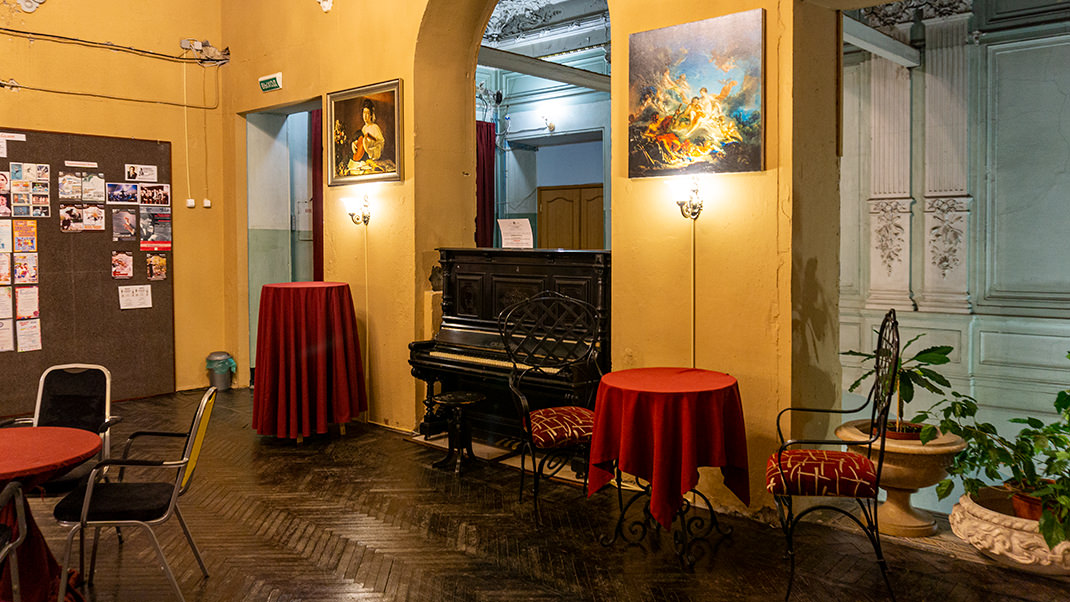
The K. M. Schröder enterprise also became state-owned, turning into the 1st State Piano Factory, which was named after the revolutionary Lunacharsky in 1922. Subsequently, the factory underwent several renamings and changed its production focus; for instance, in 1957 it became the Leningrad Factory of Plucked Musical Instruments. Today, the production has completely ceased.
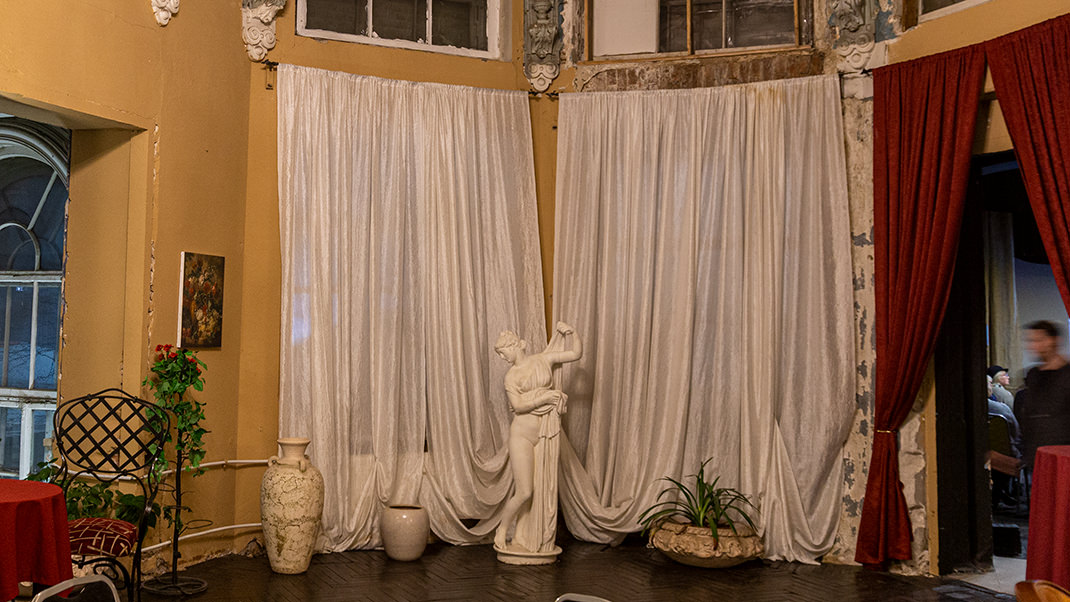
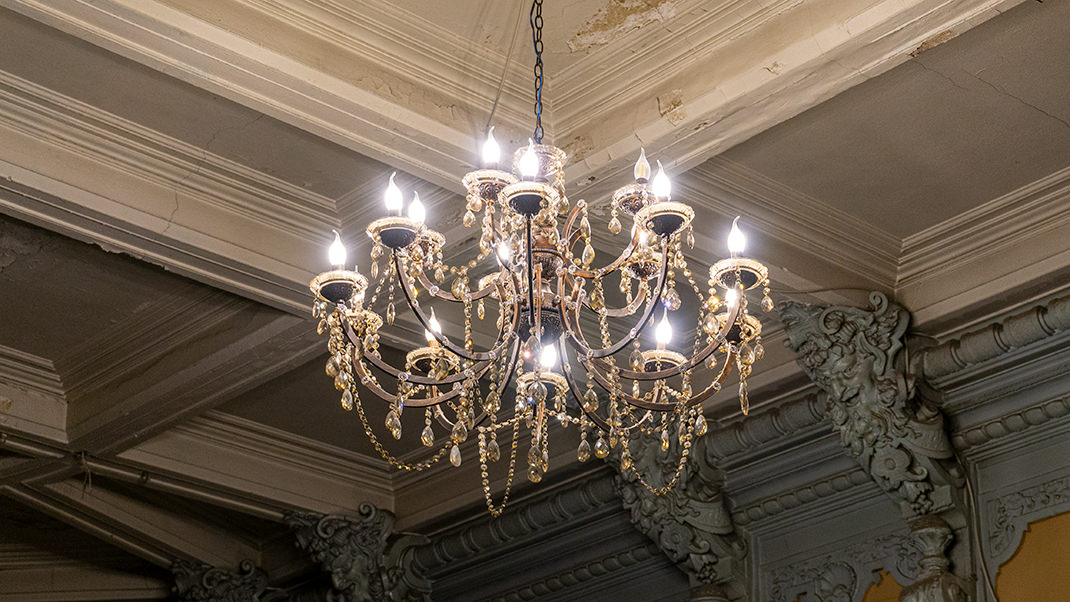
In modern times, the mansion still plays a role in the musical life of St. Petersburg: since 2017, it has been home to the cultural center “House of Schröder.” The house hosts theater studios and various events, and the interiors of this ancient building are gradually being restored.

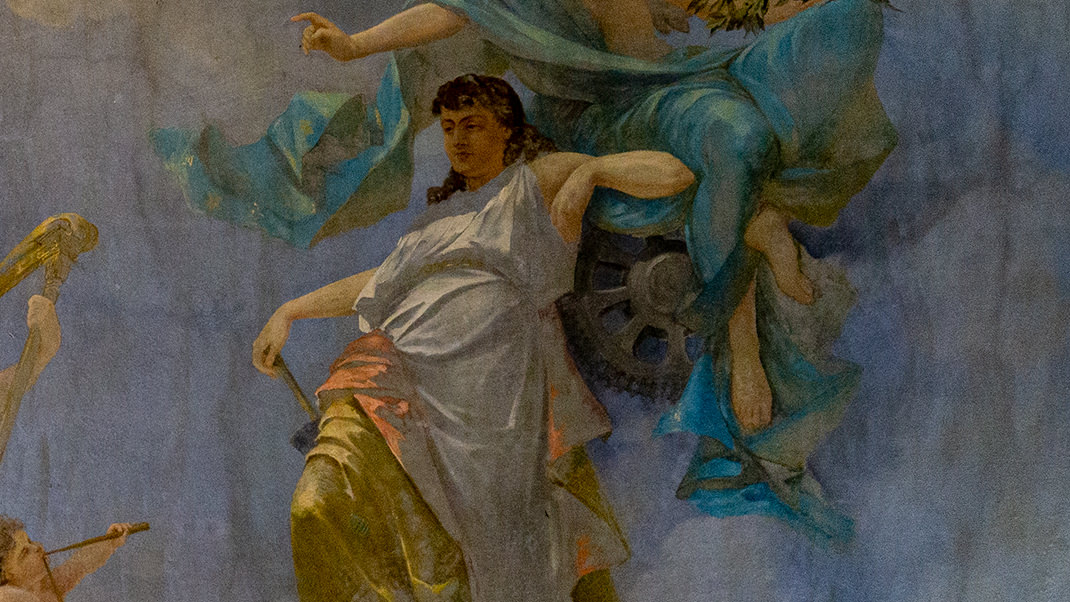
Here I conclude my story and, as usual, leave a couple of recommendations for other St. Petersburg attractions. I once visited the Kocubey and Kelkh mansions located in the Liteynaya area of the city. I am sure that tours of their beautiful interiors will leave a lasting impression.


